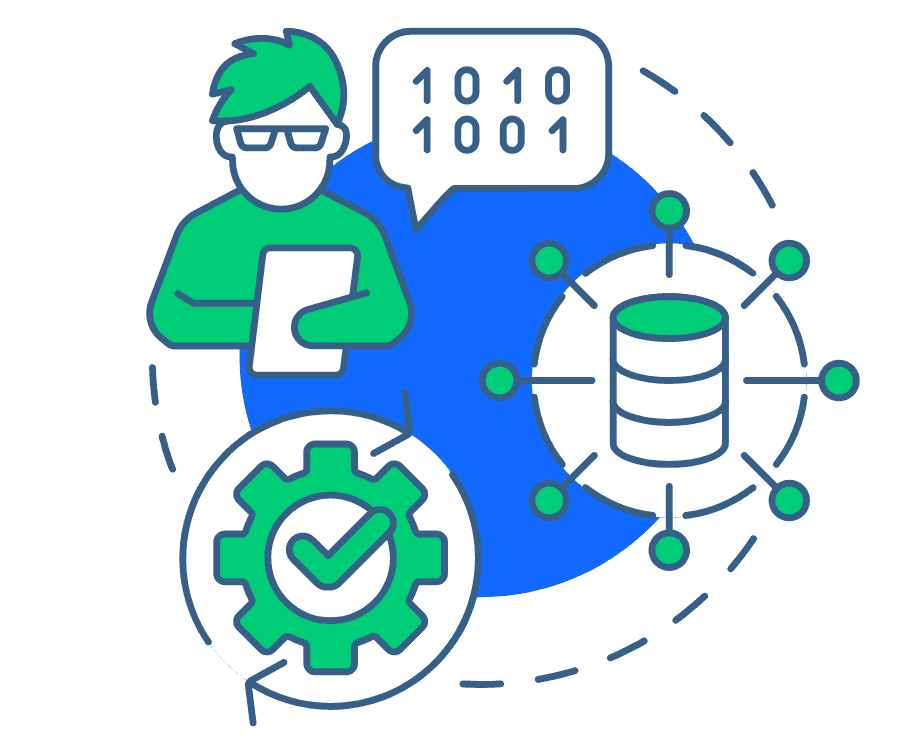The purchase order process is a critical component of procurement, serving as the official offer issued by a buyer to a supplier to acquire goods or services. In the US, mastering this process is essential for businesses aiming to optimize their procurement operations and achieve strategic purchasing objectives. This blog post delves into the key stages of the purchase order process and how it integrates with the overall procurement strategy.
Understanding the Purchase Order Process

The purchase order process typically involves several key steps:
- Needs Identification: The process begins with identifying the business’s needs. This could be inventory replenishment, sourcing new products, or services essential for operations.
- Supplier Selection: Based on the identified needs, procurement teams evaluate and select the appropriate supplier, considering factors like price, quality, reliability, and service.
- Purchase Order Creation: After selecting a supplier, a purchase order (PO) is generated, detailing the product or service specifications, quantities, prices, and delivery terms.
- Purchase Order Approval: The PO is then reviewed and approved by authorized personnel within the organization, ensuring compliance with budgetary and policy requirements.
- Order Submission: Once approved, the PO is sent to the supplier, constituting a formal offer to buy the products or services under the specified terms.
- Order Confirmation and Fulfilment: The supplier confirms receipt of the PO and proceeds with fulfilling the order according to the agreed terms.
- Goods Receipt and Inspection: Upon delivery, the goods or services are inspected for quality and compliance with the PO specifications.
- Invoice Matching and Payment: The supplier’s invoice is matched against the PO and delivery documentation. If everything aligns, payment is processed according to the agreed terms.
- Record Keeping and Analysis: All documents and data related to the PO are stored for future reference, compliance, and analysis to improve future procurement processes.
Key Considerations for Businesses
- Compliance and Standards: Adhering to regulatory requirements and industry standards is crucial in the market to ensure legality and integrity in procurement operations.
- Supplier Relationships: Building and maintaining strong relationships with suppliers can lead to better terms, improved quality, and reliable supply chains.
- Technology Integration: Leveraging procurement software like ProQsmart can streamline the purchase order process, reduce errors, and provide valuable insights for strategic decision-making.
The Strategic Role of the Purchase Order Process
In strategic purchasing, the purchase order process is not just a transactional activity but a critical part of supply chain management. It provides a systematic approach to procuring goods and services, ensuring that purchases align with business goals, budgetary constraints, and operational needs.
Conclusion
For US businesses, the purchase order process in procurement is a fundamental mechanism that drives operational efficiency, cost control, and strategic purchasing success. By understanding and mastering each step of this process, businesses can enhance their procurement operations, foster strong supplier partnerships, and achieve a competitive advantage in the market. Incorporating technology like ProQsmart into this process can further optimize procurement activities, ensuring a seamless, efficient, and effective procurement strategy.


